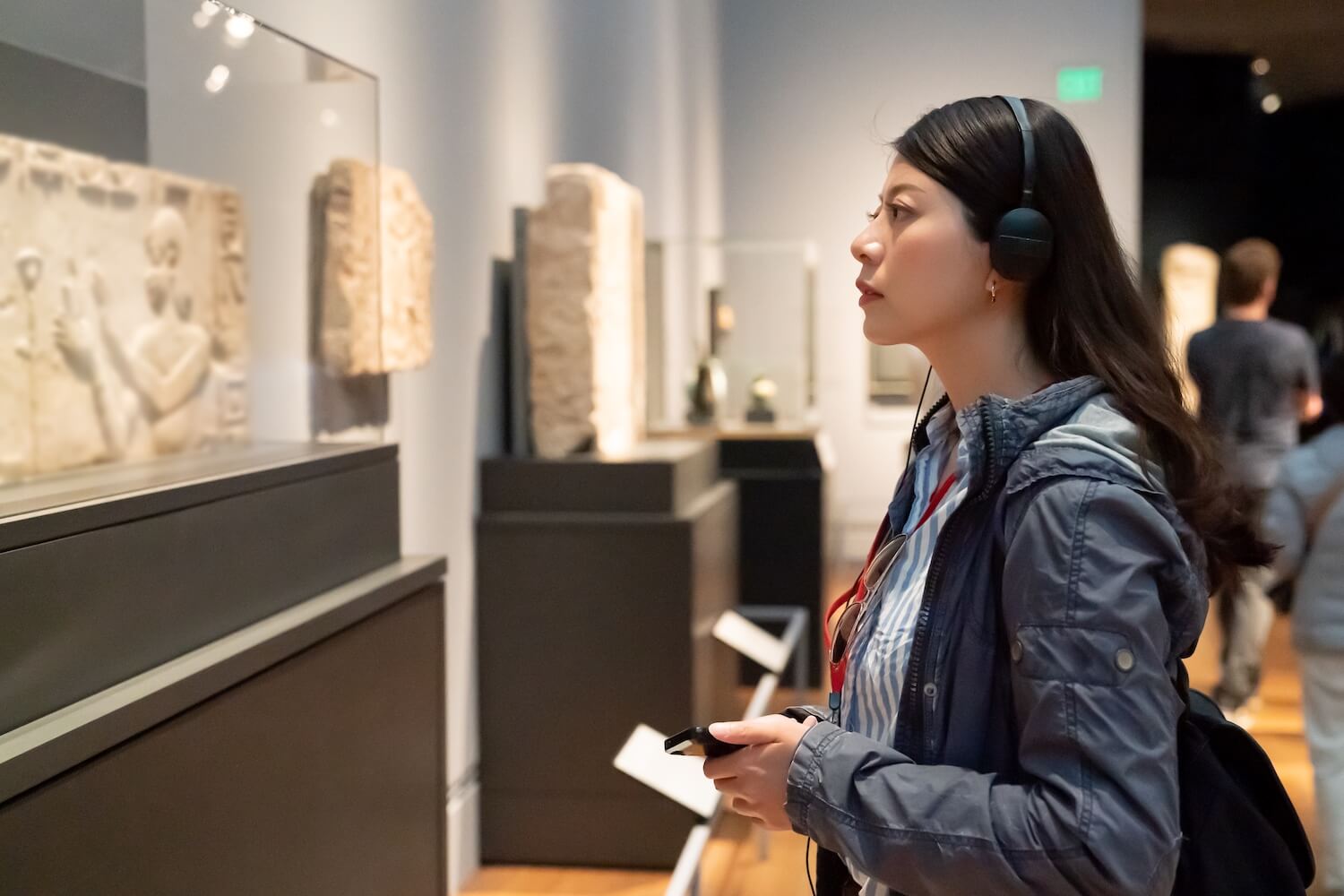Recently, Amy and I spent the day with friends at the iconic Getty Villa, nestled along the beautiful Pacific Palisades coastline here in Los Angeles.
If you’ve never been, the story behind it is as grand as the view.
J. Paul Getty was one of America’s wealthiest oil tycoons and a devoted collector of ancient art and artifacts. His collection became so vast, he didn’t just build a wing—he built an entire villa AND museum to house it all.
(Side note: Isn’t it interesting how if you gather too many things without money or space, it’s called “hoarding”… but if you’re wealthy and can display it, you’re known as a “collector”?)
Getty amassed a legendary collection of artifacts. However, he also “collected” something else: five wives and five sons—and had deeply strained relationships with them all.
Getty had the ability to hold on to material things, but not relationships. You see, he loved possessions more than he did people.
In fact, when his grandson was kidnapped in the 1970s and held for ransom, Getty famously initially refused to pay. In the end, he left the bulk of his fortune to his museum trust—not his family.
Now, I’m not here to vilify Getty. But his story highlights something important: he didn’t know how to attach to people. He likely was an Avoider.
Avoiders struggle to connect emotionally because it wasn’t modeled for them in their childhood homes. So, they rely on what they can’t lose for stability— like achievements, possessions, or knowledge — rather than finding comfort and relief from stress in relationships.
One of the most common complaints in marriage therapy is:
“My partner doesn’t seem to need me—or want emotional connection.”
This is usually not because they’re holding out, but because they don’t know how.
The ability to form safe, lasting emotional bonds isn’t something you’re born with or without. All babies have feelings and a need for closeness. But if those needs aren’t met consistently, we eventually learn to stop expecting connection.
Yet, there’s good news: If your family of origin didn’t teach it, it can still be learned!
But we must admit the deficit and commit to growing.
Getty’s greatest legacy could have been teaching his children how to connect, rather than collect.
Because what we pass on in our attachment becomes a lasting gift or an inherited burden.
Want to learn how to start cultivating connection?
If this resonates with you, you’re not alone. Emotional disconnection is more common than we think—and more changeable than you might believe.
Understanding your attachment style is the first step toward building a secure bond with your partner, your children, and even yourself.
If you’re an Avoider, or you’re married to one, check out some of these products:
🙌 Thank You for Growing with Us
Thanks for being part of the How We Love community.
Keep learning, keep loving, and keep growing together.
With love and blessings,
Marc & Amy
Milan & Kay



